Chrysopidia ciliata
A fairly common species that I have recorded between late May and late July (there are a few Norfolk records from August too).
This is one of a group of relatively unmarked green lacewings that require examination of the hairs on the wing to identify. Firstly eliminate the Chrysoperla spp. (see Chrysoperla carnea for details - and remember, best to check both wings in case of abnormalities). Also check there is no black spot between the antennae and the second segment of the antennae is green. You are then left with the Nineta species, the commonest of which, vittata, is large and has a long swollen basal segment of the antennae. The other Nineta species are usually large (forewing >= 16mm) and if you happen across an unusually small example the species so far recorded in Norfolk has a concave costal edge to the forewing.
Chrysopidia ciliata is most easily confused with the Cunctochrysa species and Apertochrysa flavifrons. The key in Plant (1997) starts by getting you to look at the basal cross-vein of the forewing and the cross-vein between the subcostal and radial veins (the two long veins running close and parallel along the length of the wing) - the former is supposed to be at least partly pale and the latter is supposed to be usually black or at least darkened on ciliata and Cunctochrysa albolineata, or entirely dark and usually pale on flavifrons and Cunctochrysa cosmia. Personally I find this couplet difficult to call as I find a high proportion of individuals where the two characters seem to conflict or at least require a "not on this one" response to "usually", or else "darkened" or "partly" are to be interpreted so marginally that you wouldn't notice unless you looked really, really hard. Teneral flavifrons are a particular issue as they are completely pale, but even non-teneral individuals can be challenging. So I tend to check both pairs of species for both leads, which is usually more straightforward - at least for flavifrons vs. ciliata.
The hairs on the leading edge of the forewing on both Cunctochrysa are short and adpressed, not raised very much from the costa (and they also usually show a pale stripe down the thorax which ciliata lacks). The costal hairs are longer on flavifrons, but inclined at about 45 degrees from the vein, whereas in ciliata they stand out closer to perpendicularly. The hairs on the costal cross-veins point in both directions and some usually overlap whereas they tend not to overlap on flavifrons.
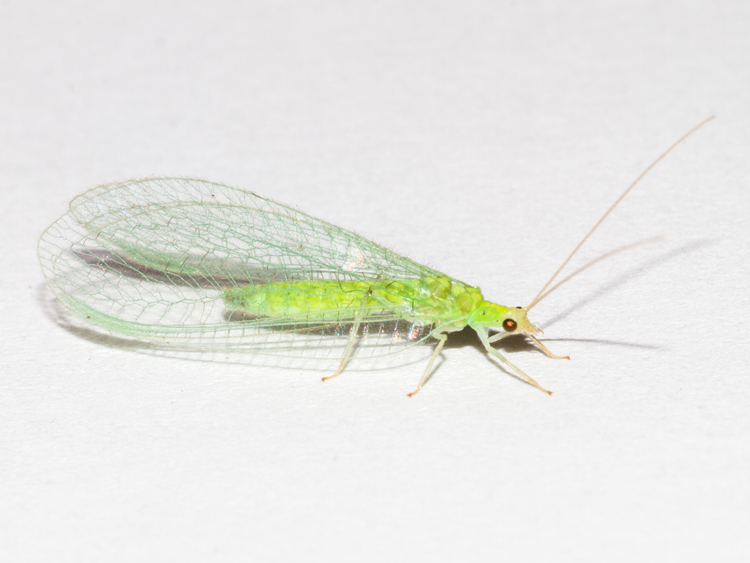
Chrysopidia ciliata, Bintree Wood (Norfolk, UK), 24th July 2020
On this one the hairs along the costa can be seen to be leaning more than you might expect given the key describes them as perpendicular. As such this could be confused with Apertochrysa flavifrons but among other things the basal cross-vein is pale, vein Sc-R is dark and the hairs on the costal cross-veins are clearly pointing both ways and overlapping at their tips.
, Sunnymead Farm, 23-Jul-22 (A) (1).jpg)
, Sunnymead Farm, 23-Jul-22 (A) (3).jpg)
, Sunnymead Farm, 23-Jul-22 (A) (2).jpg)
Chrysopidia ciliata, High Hurstwood (East Sussex, UK), 23rd July 2022
 (1).jpg)
 (2).jpg)
Chrysopidia ciliata, North Elmham Cathedral Meadows (Norfolk, UK), 26th June 2020
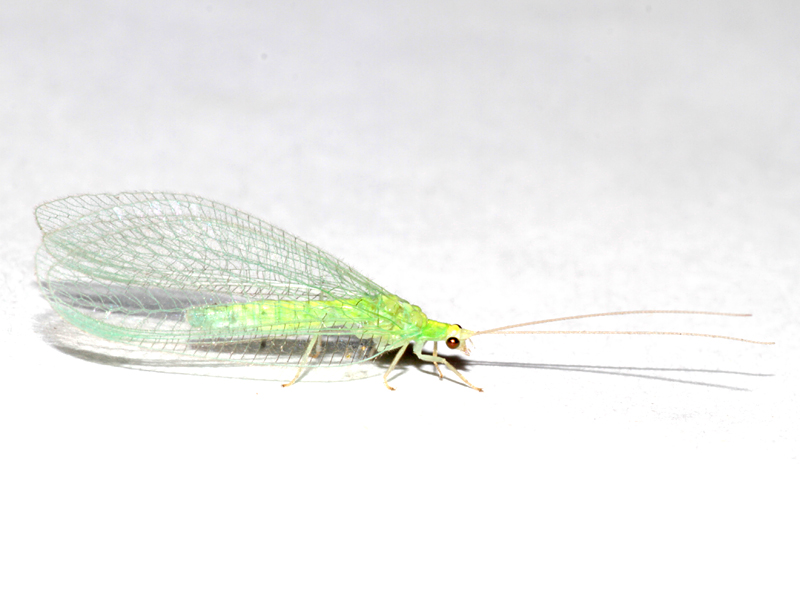
Chrysopidia ciliata, Frost's Common (Norfolk, UK), 29th July 2017
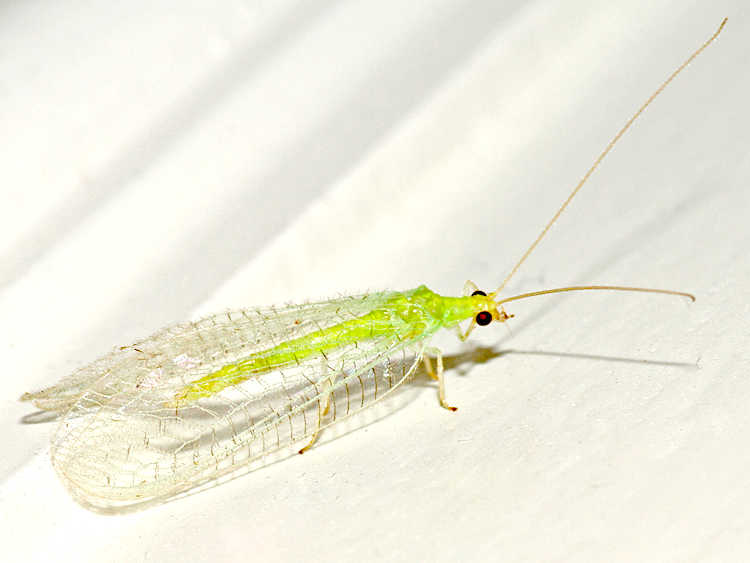
Chrysopidia ciliata, Hedenham Wood (Norfolk, UK), 11th July 2016
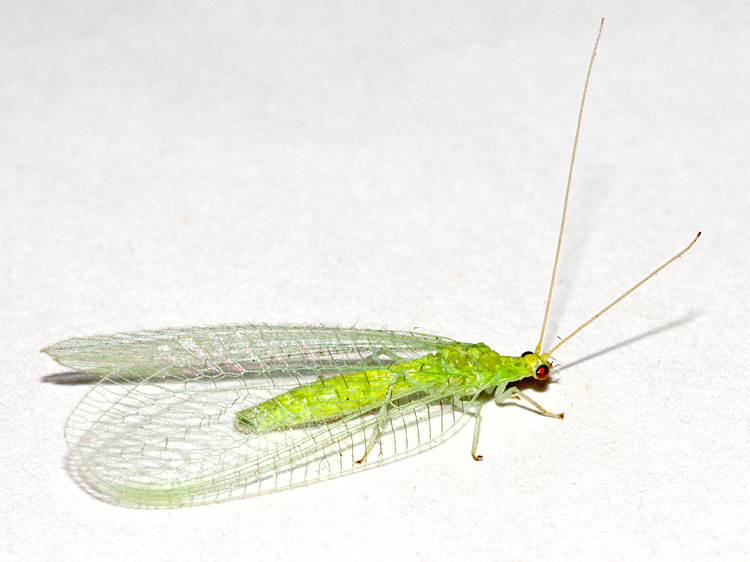
Chrysopidia ciliata, North Elmham (Norfolk, UK), 9th July 2016
 (1).JPG)
Chrysopidia ciliata, North Elmham (Norfolk, UK), 17th June 2018
.JPG)
Chrysopidia ciliata, North Elmham (Norfolk, UK), 21st June 2017
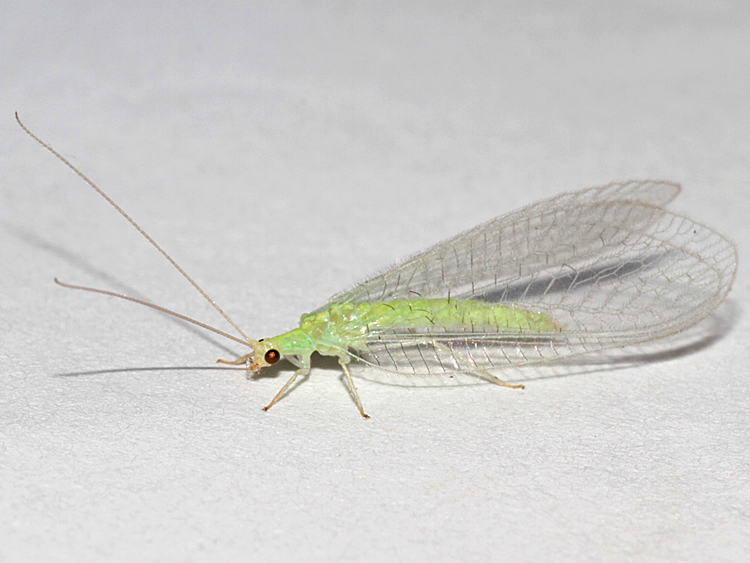
Chrysopidia ciliata, Row Heath, West Runton (Norfolk, UK), 27th May 2017
 (5).JPG)
Chrysopidia ciliata, Thursfood Wood (Norfolk, UK), 22nd May 2017
